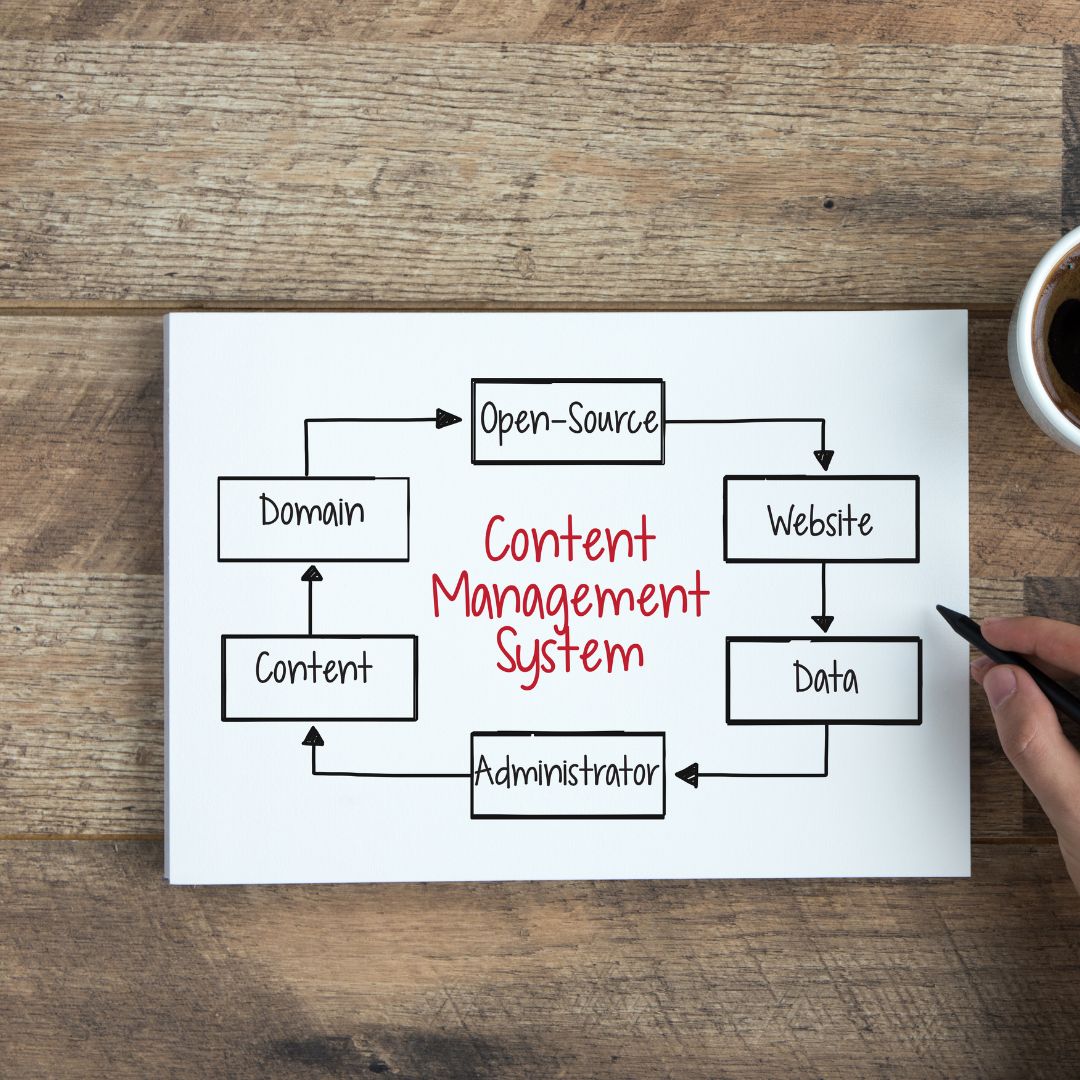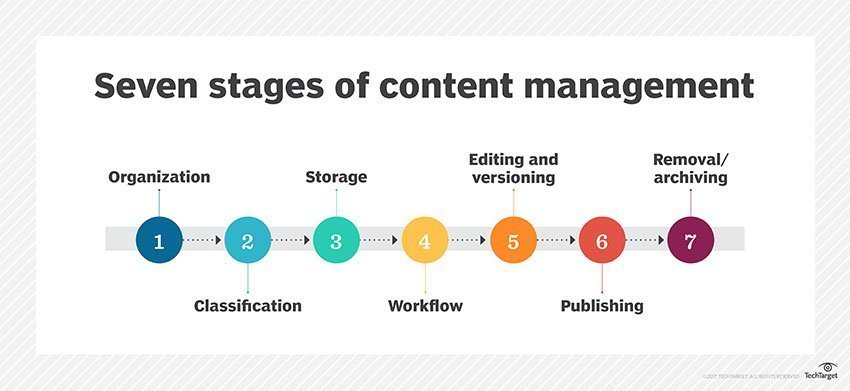How do you manage digital content?
This perplexing issue keeps many entrepreneurs up at night, yet it appears to be an uncomplicated query.
In the era of information overload, managing your digital assets effectively can feel like navigating through a labyrinth.
Many feel the strain of producing, arranging, and distributing such vast data. The struggle is real!
But here’s some good news: mastering how you manage digital content, although challenging, isn’t impossible. It just requires a strategic approach and the right tools in place.
Table Of Contents:
- The Imperative of Digital Content Management for Small Businesses
- How Do You Manage Digital Content for Business Success?
- The Impact on Sales & Customer Support Teams
- The Ultimate Benefit – A Consistent Brand Image
- FAQs in Relation to How Do You Manage Digital Content
- Conclusion
The Imperative of Digital Content Management for Small Businesses
Small businesses must continually generate new and captivating content in the digital space.
But it’s not just about creating content; managing your business’s digital assets effectively is equally crucial.
Electronic content comes in various forms – blogs, social media posts, videos, or infographics.
Handling this vast array of resources can be daunting without proper electronic asset management.
Misplaced or duplicated efforts lead to wasted time and inconsistent messaging that could tarnish your brand image.
Nailing Your Electronic Media Management Plan
An effective content management plan helps streamline operations across different teams within your business – from marketing and sales to customer support.
It ensures everyone has access to relevant content when needed most while maintaining consistency in branding and messaging.
Apart from organizing your digital assets strategically, an efficient plan also allows you to track performance metrics such as engagement rates or conversion statistics associated with each piece of content. This way, you can refine future strategies accordingly.
Photo compliments of TechTarget
How Do You Manage Digital Content for Business Success?
Explore efficient strategies and tools to manage digital content for maximum business results efficiently.
Identifying Existing Content
The first step towards an effective digital media management plan is spotting what you already have. You’ve got tons of valuable data hiding in plain sight – blog posts, videos, images, or customer testimonials. Figuring out where to search is essential.
Misplaced digital assets can be a pain; they lead to unnecessary duplication and waste time that could be spent creating fresh material.
Therefore, an organized digital asset inventory becomes indispensable for efficiently using resources.
Addressing Content Demands
Your business isn’t static – it grows with time. And guess what else expands alongside? Increased demands on your existing content.
You need strategies that adapt as swiftly as these changes occur so you’re always relevant with audiences.
It suggests crafting audience personas – getting under their skin really helps understand preferences better, directing future creations effectively.
Ensuring Consistency through Effective Content Management Practices
Achieving a uniform brand image across all platforms is the holy grail of digital media management. And guess what? It’s possible with consistent content management practices, particularly when you’re committed to stringent review and collaboration during your creative operations.
The first step in this journey involves laying down clear guidelines about your brand’s tone, style, and messaging for everyone involved in creating digital assets. No room for misunderstandings – all parties understand precisely what’s required.
Next up: workflow. A well-structured workflow outlines who does what at each stage of the content creation process. Not only does it ensure that every piece of content aligns with your brand, but it also prevents unnecessary rework – saving valuable time which can be spent on more productive tasks.
Maintaining Quality Control Through Regular Audits
Quality control measures such as regular audits and reviews are integral to consistent content management.
Frequently reviewing existing digital assets allows you to identify outdated material that needs updating or removal.
Such practice keeps online presence fresh while adhering to strictly established branding guidelines.
Note: Remember inconsistency can confuse customers; hence worth investing effort in maintaining standardization across all channels.
Key Takeaway:
Managing electronic content for business success involves maintaining consistency, establishing clear guidelines and workflows, utilizing collaboration tools effectively, and implementing regular quality control audits. It’s all about keeping your brand image uniform across platforms while ensuring productivity in the creative process.
The Impact on Sales & Customer Support Teams
Let’s talk about how effective digital media management influences your sales and customer support teams. When you have a well-organized library of digital assets, these teams can access the right resources at just the right time.
Your sales team, for instance, often needs to quickly pull up marketing materials like product brochures or case studies during their pitches. With an efficient system in place that prevents misplaced electronic content and duplication of efforts, they can leave a lasting impression on potential clients.
Amping Up Your Sales with Digital Asset Management
When interacting with customers, an organized collection of all your business’s valuable information helps keep your sales force equipped with updated data about products or services. The result? They spend less time searching for relevant material and more time closing deals.
This efficiency level directly boosts productivity by allowing them to focus primarily on selling rather than getting bogged down by administrative tasks.
The Ultimate Benefit – A Consistent Brand Image
Your business is a symphony, and digital media management is the conductor. It orchestrates every piece of your brand’s narrative into one harmonious melody that resonates across all platforms.
This consistency can elevate your small business to become a trusted authority in its field, attracting a steady stream of clients who recognize and appreciate what you offer.
Creative Leadership Directs Creative Operations
So how do we create such harmony? The baton lies with creative leadership within creative operations. They oversee the entire content creation process, ensuring each asset aligns perfectly with predefined standards while addressing evolving needs effectively.
- Digital assets are reviewed meticulously before being released into the wild web world.
- All pieces resonate with audiences but remain true to core values.
- Achieving the ultimate goal: Attracting those coveted steady-stream clients through trust built on consistency.
Navigating Through Management Revolution Posted by Digital Era
The advent of advanced tools like web content management systems or software solutions has sparked something akin to a ‘management revolution’.
- Saves time spent creating new compelling pieces instead of managing misplaced ones.
- Maintains uniformity across communication channels contributing towards reinforcing overall brand identity.
FAQs in Relation to How Do You Manage Digital Content
What is an example of a digital media management system?
WordPress is a prime example of a digital media management system that allows users to create, manage, and publish online content efficiently.
How do you manage your content?
You can manage your content by developing a robust plan that includes organizing, creating, storing, editing/versioning, publishing, and archiving/removing your digital assets.
What do you mean by digital content?
Digital Content refers to any information in the form of text, graphics, or multimedia elements created for consumption on electronic devices such as computers or smartphones.
Conclusion
Managing electronic content is no longer a luxury but an imperative for small businesses.
You’ve learned that it all starts with developing a robust plan, identifying existing assets, and addressing evolving demands.
A dedicated Digital Asset Manager can streamline this process, saving time and preventing duplication of efforts.
Leveraging technology tools like web content management systems or software like Lytho further simplifies the task.
Consistency in practices leads to uniformity in brand image across platforms – a key factor in building trust among your audience.
Your sales and customer support teams also stand to gain from effective digital asset management as they have quick access to relevant material when needed.
Let’s chat if you’re ready to take your business’s success up several notches by effectively mastering content management. It’s time to unlock new levels of growth for your business!


